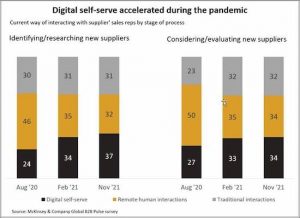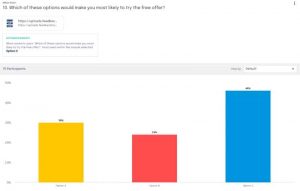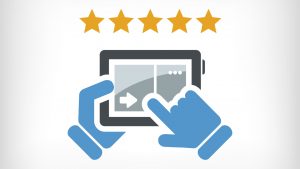Why More Marketers Should Embrace Product-Led Growth Mindset
As constant industry changes put a strain on traditional working, it’s crucial companies think about holistic growth in order to maximize their media budgets and shift their strategies to one collective objective. While it’s important to have expertise in user acquisition, retention, monetization and product, these teams can no longer exist in silos.
But there’s a secret weapon that can help businesses achieve their goals: product-led growth (PLG), an emerging trend to break down silos and improve customer lifecycles. Leading companies are already investing heavily in it, but it’s no buzzword; it is invaluable to companies looking for better collaboration and communication.
Why It Matters
According to Baymard Institute, 60% to 80% of potential customers abandon their carts, demonstrating the challenges of completing a final sale. Acquiring a new customer can cost up to seven times more than selling to an existing customer. Meanwhile, focusing on a 5% increase in customer retention can lead up to a 95% increase in profits, according to research conducted by Harvard.
Companies are struggling to create common goals among their key groups: product, user acquisition, and retention. Product teams need to align on what’s working with clients, and acquisition teams need to set profitable KPIs based on a user’s lifetime value.
The PLG Methodology
PLG creates one holistic strategy driven by inputs from monetization, retention, product and data teams, all centered around the customer experience. PLG views customers as tools for growth and acceleration, rather than merely output of acquisition dollars.
PLG focuses on keeping customers engaged beyond the initial interaction, thereby increasing the revenue per user and overall ROI, which then funnels back to increased acquisition KPIs. The product sets the strategy, and all other marketing and sales tactics follow suit.
PLG’s BenefitsIt turns users into advocates. By focusing on customers’ unique needs and addressing pain points through a personalized and streamlined user experience, customer satisfaction and loyalty surges and organic growth increases through referrals and positive reviews.
It provides opportunities to fix what’s broken. Any change in the early stages of onboarding can have an exponential impact on downstream events. PLG and data analysis can determine the greatest factor for churn within the user flow, offering a strategic framework to test incremental wins.
It prioritizes data analysis. PLG teams continually audit their strategies and results to identify the health of conversion rates, churn, and drop-off points within customer flow.
It focuses on the right customers. Inefficient strategies treat all customers alike, and assume every additional customer is valuable and means revenue. But every customer has a different lifetime value, and not all customers are profitable. PLG prioritizes acquiring high-value users, who can grow to become advocates for your business.
It sets your sales and marketing strategy. Focusing on high-value customers drives companies to pick a time, offer, and message that strategically fits their brand, only appealing to relevant customers.
PLG provides the customer with a great user experience while accelerating growth for the business.
(7)





